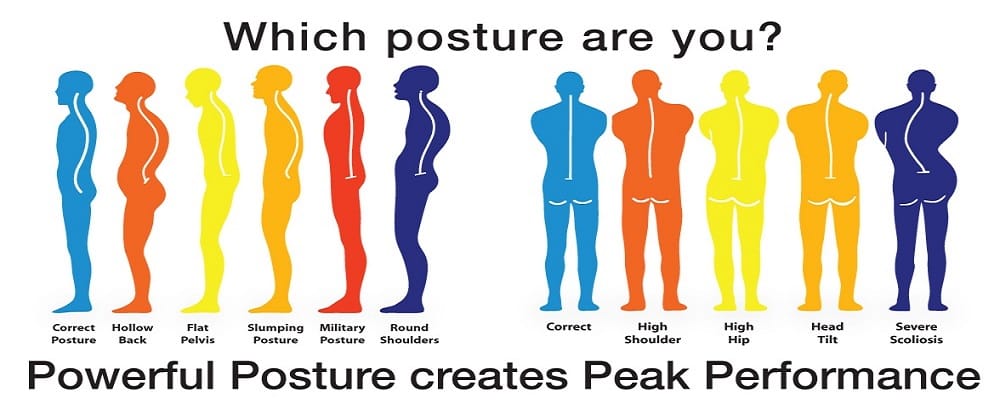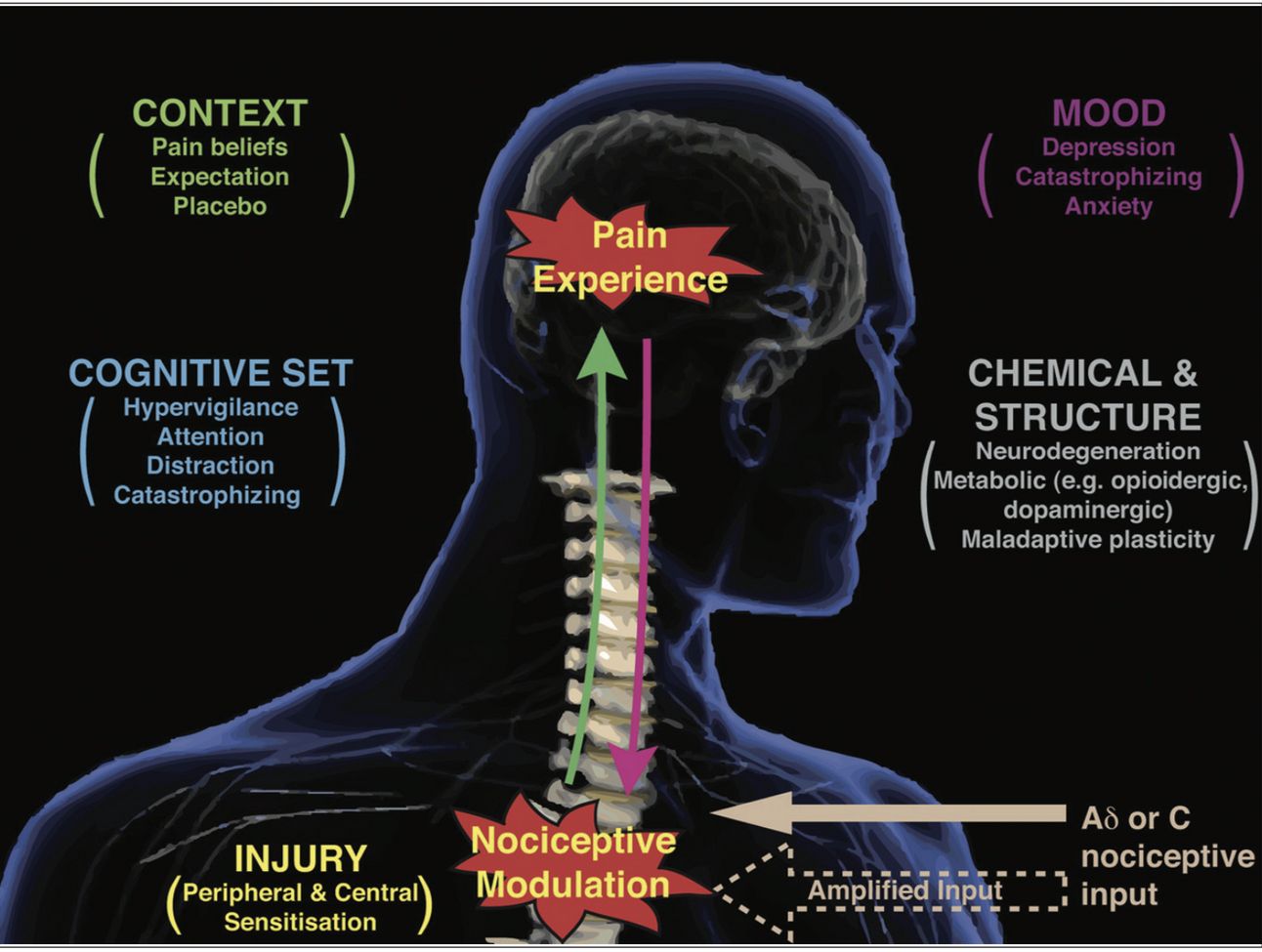- The Movement
- Posts
- How to find the "root" of your pain.
How to find the "root" of your pain.
Wouldn’t it be amazing if we could find that one thing to help everybody with pain?
Well, we have! It just depends who you ask.
Look to social media and you’ll see that everyone’s figured it out. Or at least they think they have.
Chiropractors believe a misaligned spinal column causes disease.
Physical therapists say that poor posture is the source and root cause of all pain.
Yogis will have you thinking that a lack of flexibility is a death sentence.
Personal trainers will focus on your core until you’re not able to breathe anymore.
There are SO many systems and beliefs out there and everyone thinks they’re right. They rely on identifying “dysfunctions” that exist outside of recognizable pathology.
Strangely, although they are often quite different, they fall into a very similar biomechanics rationale that is often based around some type of faulty movement that then causes pain by “abnormal” mechanics.
Everyone saying, “THIS is the best way to move, to lift, to breathe, to stand, to run, etc.”
The only problem is that no movement or biomechanics model has ever really been validated.

To think of it this way (as in the image above) ignores many of the wider factors that can influence how our body adapts and performs.
I call these types of beliefs the “one trick ponies” of pain and we should be cautious of them.
These types of practitioners wear blinders and only focus on the one thing they believe is the “root cause” of the pain.
It’s the fascia
It’s posture
It’s flexibility
It’s breathing
It’s muscle firing
It’s weakness
It’s just not that simple.

Pain is a complex phenomenon, but it can be understood by examining its underlying factors. There is rarely just one thing (a root cause) that needs to be addressed to influence someone's pain.
We need to organize our assessment around identifying potential contributing factors, which can be a combination of physical (load capacity, muscle and joint behavior) and non-physical (beliefs, fears, anxiety, confidence, etc.) elements. Identifying and treating both contributing factors and root causes is key.
Treat Pain with a Net, Not a Fishing Pole
When we only focus on treating one thing—like the root cause—we may miss out on all the other potential contributors to pain.
That’s why we need a comprehensive approach, one that looks at the big picture. Instead of using a narrow “fishing pole” approach that targets a single root cause, we should be using a “net” that identifies and addresses multiple contributing factors.
To use another analogy, opt for the shotgun rather than the sniper when focusing on pain, health, and disease.
Dr. Greg Lehman, a pioneer of pain treatment and research, emphasized the importance of appreciating pain as a multidimensional experience. This is why it's so critical to avoid chasing after root causes alone. By addressing contributing factors and understanding pain in its full context, we can better treat and manage it.

We often want to look at 1️⃣ Performance as the main issue that’s producing painful symptoms. I define this as:
Assessing how your body moves. Your functional abilities, flexibility & mobility, strength, balance, and stamina. Enhancing these aspects can contribute to pain management and overall well-being as you move throughout your daily life, as well as exercise and training.
But what else should we consider? What can we measure?
Well, in my framework, there are three other areas we should consider, making up the “4 P’s of Pain,” which serve as a guide to help us understand and approach pain in a holistic way:
2️⃣ Physiology:
How is your body functioning internally? Consider the impact of your diet, quality of sleep, hormonal balance, metabolic function, and the importance of proper recovery. Your body’s physiological state intertwines with pain experiences.
3️⃣ Psychology:
Uncover the mind-body connection. Reflect on social interactions, mood fluctuations, personal beliefs, and the power of human connection. Addressing psychological aspects plays a vital role in understanding and managing pain.
4️⃣ Pathology:
How is the structural integrity of your body? Examine the health of your bones, tendons, nerves, ligaments, and muscles. Are these driving the signs of pain and inflammation you’re seeing?
Pain is unique to each individual.
It is essential to identify the factors that are the most impactful for you.
Which 'P' is Contributing the Most to Your Pain?
Ask yourself:
Which of the “4 P’s of Pain” holds the key to understanding my experience?
Are each of these areas of health being considered by my practitioner?
Is the plan that’s created for me more of a “fishing pole” or “net” approach?
Pain may come from a combination of these factors, and discovering which is the most significant for you is the first step in creating a solution. And avoid oversimplifying pain as just a problem of poor posture, weak muscles, or abnormal joint mechanics.
Over the coming weeks, I’ll deep dive into each of these categories.
Hopefully, by the end of this series, you’ll have the tools and knowledge to assess yourself and decide where your area of focus should be.
Thanks always for taking the time to read this.
If you’ve enjoyed this volume of The Movement, please spread the love and tell your friends! You can share this newsletter using the link below:
https://the-movement.beehiiv.com/subscribe
Do you have any suggestions for The Movement? Reply directly to this email or shoot me a message on Instagram.
See yah out there,
Ryan